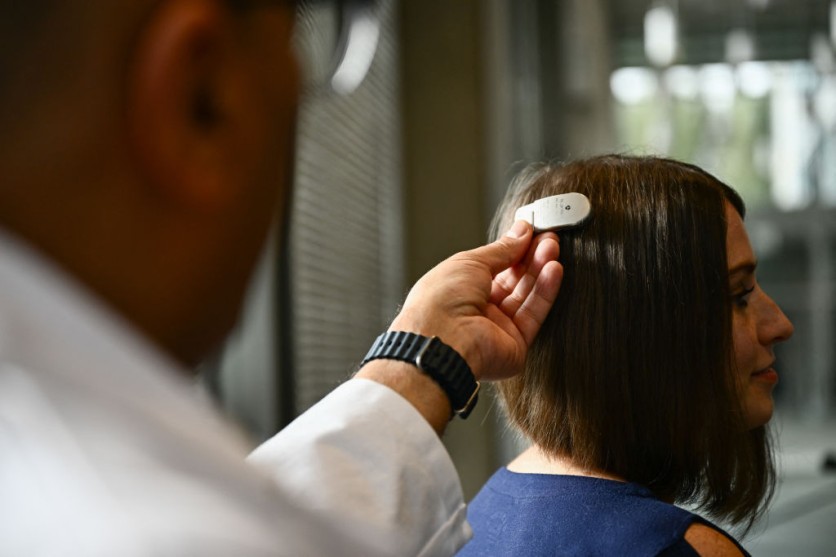Researchers at the University of Southern California (USC) have developed an AI system that promises to improve the detection of rare and complex cases of epilepsy.
The Complexities of Detecting Epilepsy
Epilepsy is a condition that affects over 3.4 million individuals in the United States and 65 million globally. This disorder impacts the nervous system and results in seizures.
Statistics cited by the researchers reveal that one in 26 people are likely to have epilepsy during their lifetime, and tragically, one out of every 1000 individuals with epilepsy dies each year from unexpected causes.
Hence, the researchers noted that early detection is vital for effective epilepsy treatment. The World Health Organization (WHO) suggests that 70% of individuals with epilepsy could live without seizures if they receive proper diagnosis and treatment.
The team said various machine-learning techniques have been created to detect and classify seizures arising from electroencephalography (EEG) signals.
The signals obtained from electrodes implanted in the brain exhibit intricate patterns and correlations that often surpass the capabilities of human analysis alone. Despite advancements, current AI systems encounter difficulties in identifying rare epileptic seizures.
The main challenge stems from the AI's dependence on data to recognize patterns and make precise predictions. In cases of infrequent seizures, the limited availability of examples in the training data hampers the AI's effectiveness.

AI for Epilepsy Detection
To address this challenge, USC researchers have devised an AI system capable of recognizing epilepsy by examining interactions within the brain. The team reported that the system demonstrated a 12% enhancement compared to existing models.
The AI can detect patterns signaling an imminent seizure by incorporating diverse data inputs usually disregarded in traditional systems, including the placements of EEG electrodes and the brain areas under their surveillance.
This approach enables the AI to generate accurate outcomes even when working with sparse data, which proves especially valuable for identifying rare seizure types with limited instances in the training dataset.
For example, the system can detect atonic seizures, a rare occurrence predominantly affecting children, characterized by sudden loss of muscle control.
The AI can pinpoint activity patterns indicative of atonic seizures by analyzing spatial relationships within brain regions and focusing on areas associated with muscle control, such as the motor cortex, basal ganglia, cerebellum, and brainstem.
Furthermore, according to lead author Arash Hajisaf, the AI framework enhances its ability to identify relevant features of various seizure types by incorporating spatial relationships, semantics, and detailed descriptions of each brain region.
The researchers underscore that their objective is not to replace medical professionals but to complement their expertise in challenging diagnostic cases. The researchers envision integrating this technology into wearable sensors capable of transmitting data to smartphones.
"Brain seizures happen very suddenly, and so detecting seizures earlier really could save lives," co-author Cyrus Shahabi said in a press release. "The system could prompt an alert if it detects any irregularities in the brain waves. This would open up incredible opportunities for diagnosis and treatment of epilepsy."
The team's findings were presented at Advances in Knowledge Discovery and Data Mining (PAKDD) conference last month.
Related Article : Scientists Develop Living Bioelectronics to Heal Skin

ⓒ 2025 TECHTIMES.com All rights reserved. Do not reproduce without permission.




